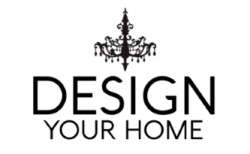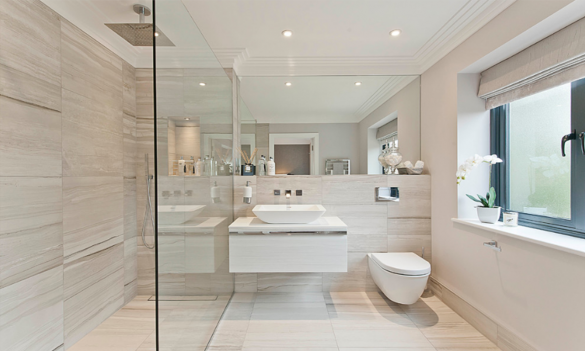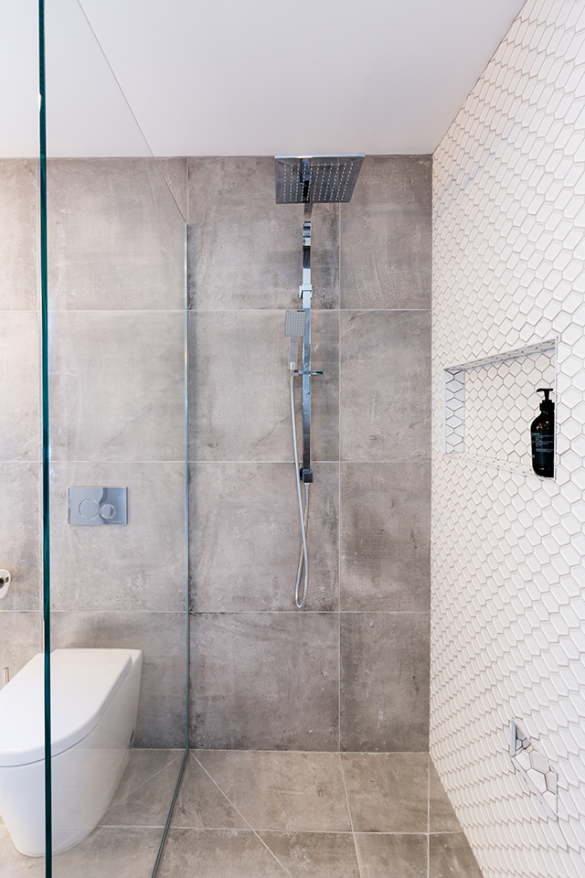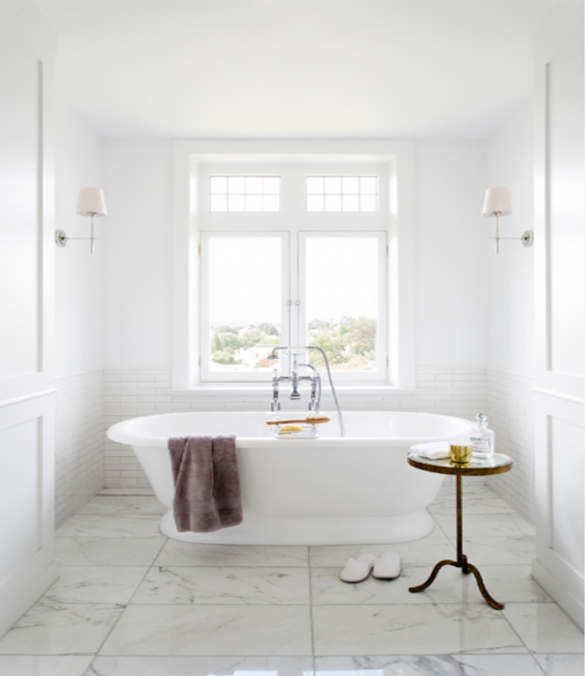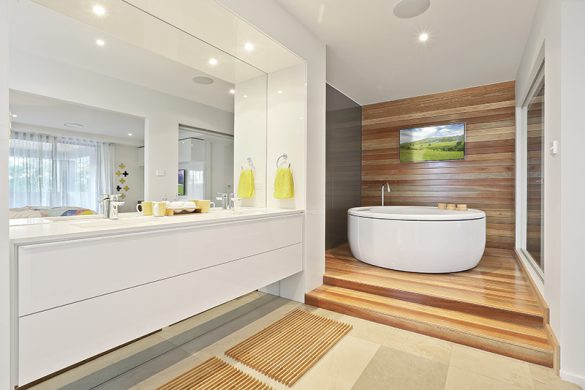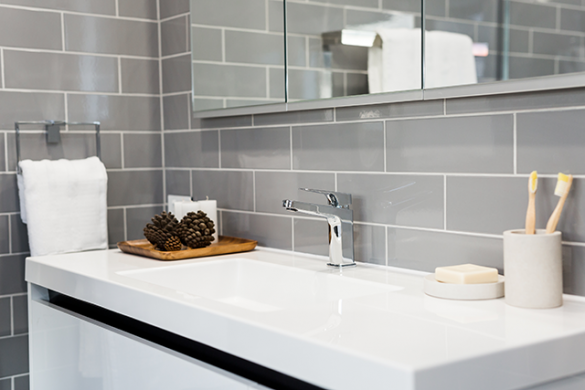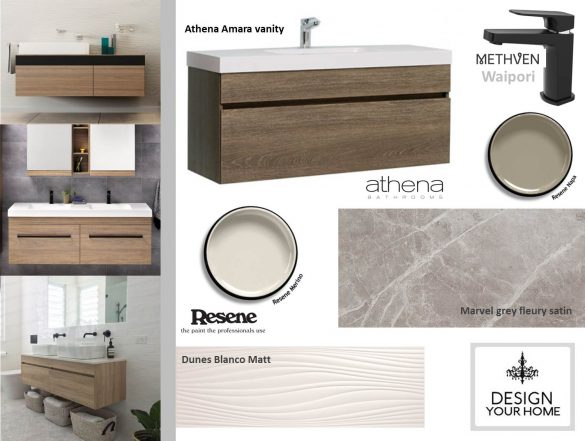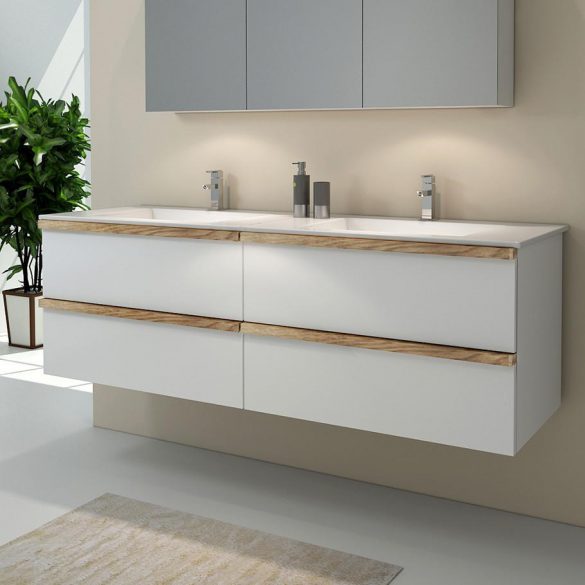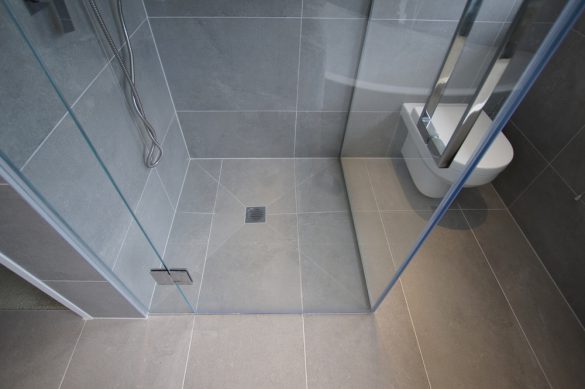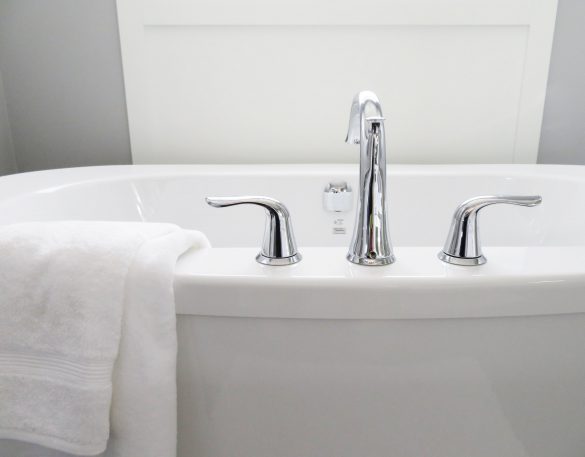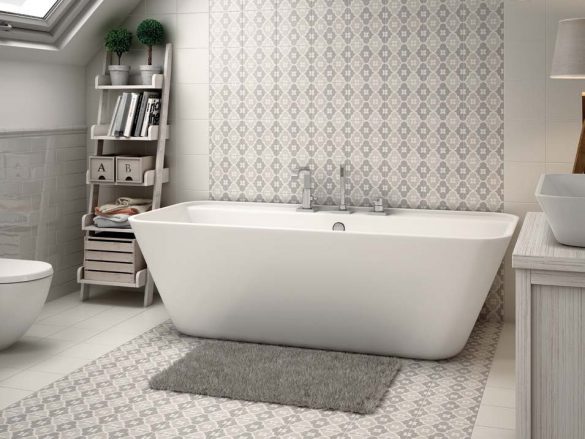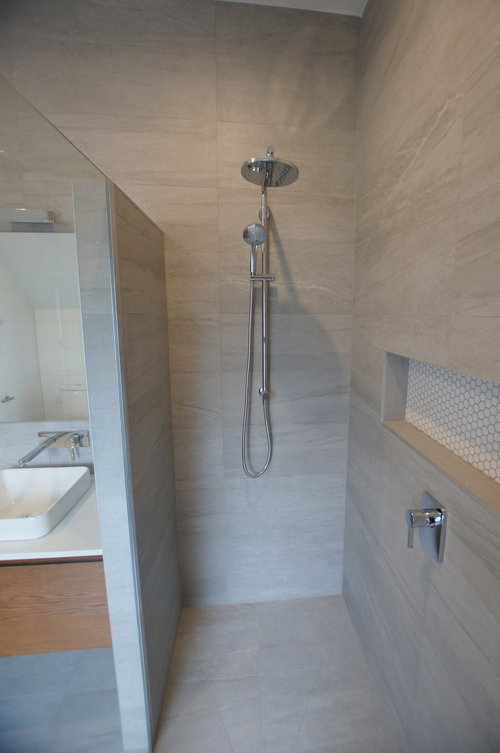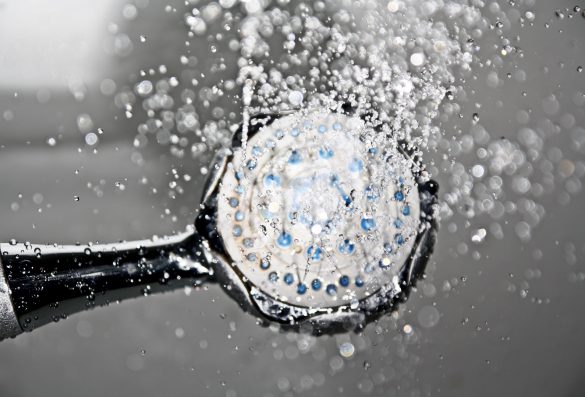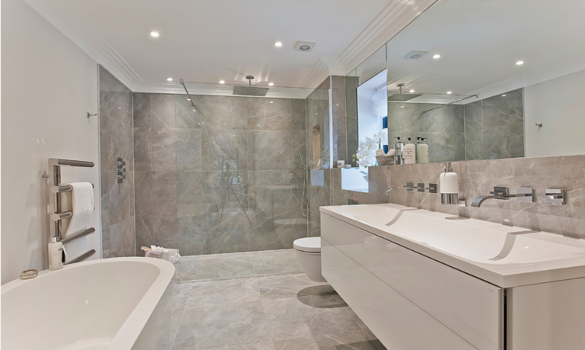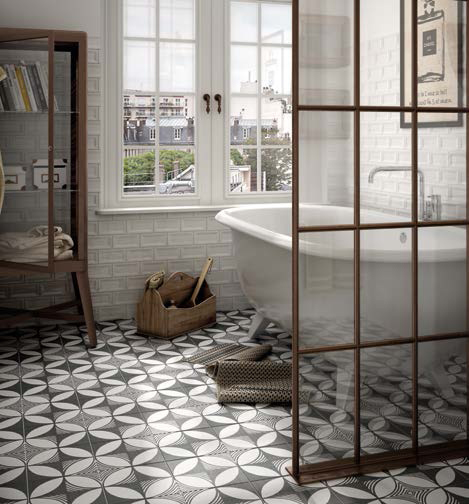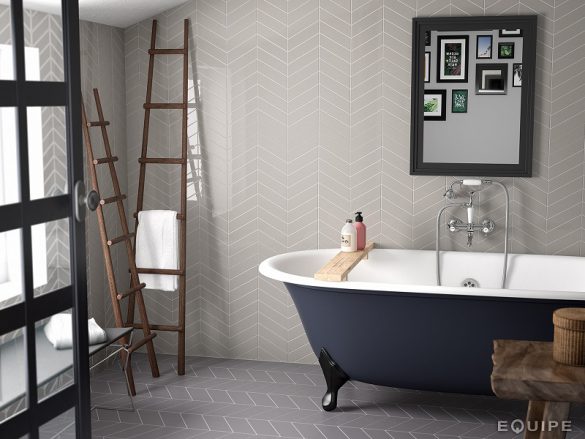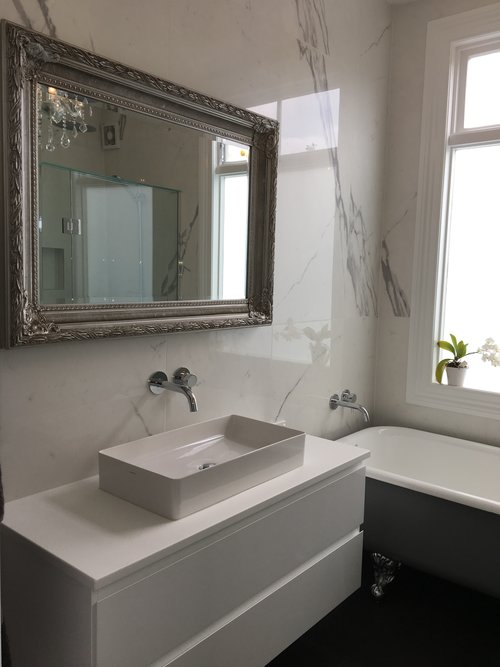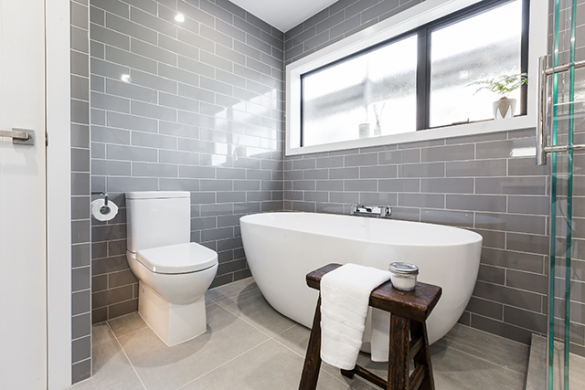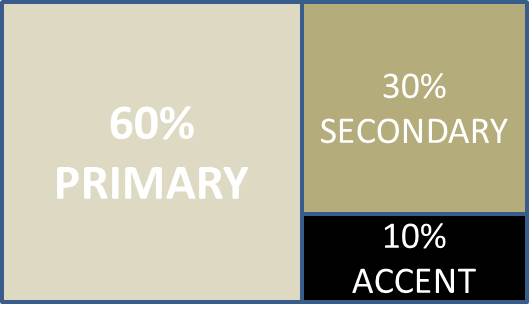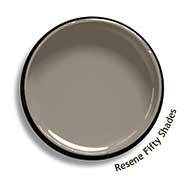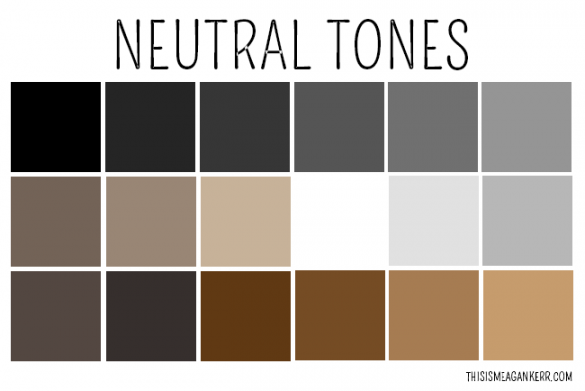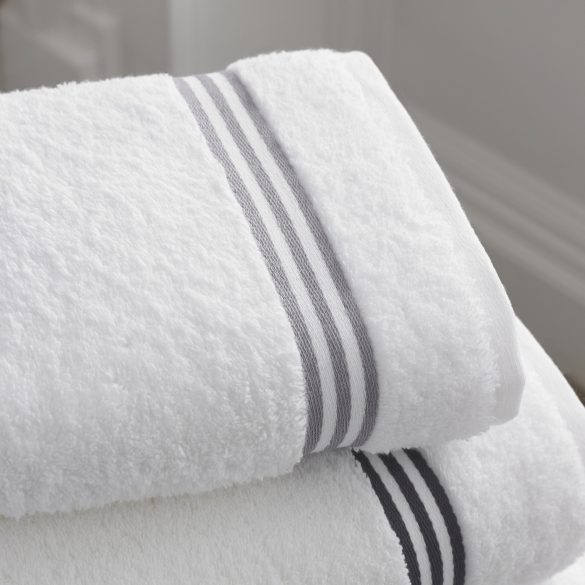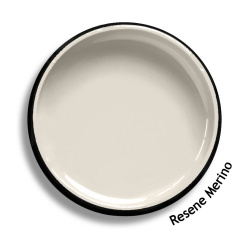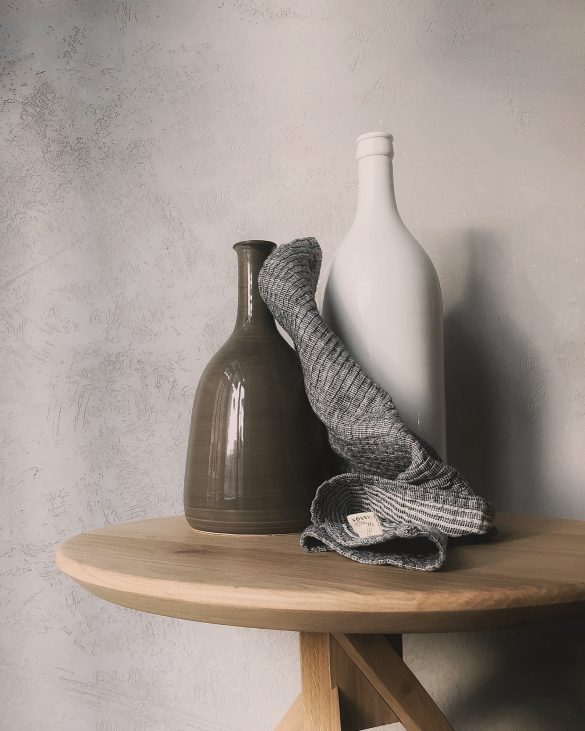If you’re redesigning your bathroom or building one as part of a new home, here are some handy tips to help you with the design process, product and colour choice.
TOP 10
- Determine your budget and work out your essential vs luxury items. If you’re a family with young children then a bath could be an essential item whether as ‘his and her’s’ basins could be replaced by one stylish vanity to save money.
- Create a scrapbook – collect images of bathrooms you like, paint swatches and sample tiles so you can piece together a bathroom style board. Check out our Inspiration Gallery.
- Shop around for good tapware, shower head and bath spout fittings, these can save you alot of money and water! You can reduce water flow saving you $$$ and still maintain good water pressure in showers with modern fittings. A great resource which is explains this further is https://www.smarterhomes.org.nz/
- Purchase a stylish LED light for above the vanity.
- Choose larger tiles for the floor and for wall tiles run these all the way to the ceiling especially in the shower so your bathroom appears bigger.
- Choose a wall hung vanity as this will also make your bathroom appear bigger.
- Use glass shower doors and tile your shower for a more modern look.
- Layout is key, think about practical things like number of steps to towel rail when in the shower or ensuring the rail isn’t behind the shower door and hard to access.
- Go for neutral tones for the majority and add the accent colours and patterns in a minimalist way. Design rules can always be broken and look good but as a starting point you could apply 60% main colour in neutral hues 30% supporting colour which could be deeper tones for the vanity and 10% accent which could be decorative tiles around bath, black taps or rich block colour accessories and towels.
- Add heated towel rails, warming lights and good fan extraction for the winter months.
More tips in detail…
Planning, design and layout
- Its important to come up with a functional design first and add your style on top through textures, fittings and colours. Ensure you don’t clutter your bathroom space by cramming too much in.
- If you’re tight on budget don’t switch large items around like tap outlets, shower and bath. Try to stick to the same format to avoid escalating plumbing and electrical costs.
- If you’re starting from scratch with a new build think about placement of plumbing and visually what you see first when you stand at the bathroom entrance.
- Decide on your ‘must haves’ – do you need a bath for young children, do you want a larger shower, one or two draw vanity for storage?
- Create a scrapbook as you go so you can make a style board with the narrowed down concepts. Check out our inspiration gallery for latest trends bungalow, Nordic, industrial or even bolder!
- Find a good licensed contractor. If you’re on a tight budget you can save money by shopping around for materials yourself and simply supply your builder. Budgets can vary… circa 15k-50k depending on a complete build.
- Measure door frames, walls, windows and ceiling height to think about tile size, bath length and other fittings.
- If you have a smaller bathroom with a bath think about removing it and having a larger shower.
- Wet areas should be waterproofed by a professional in line with council regulations.
Fixtures and fittings
- If space allows consider a freestanding bath to add a more modern look. It will also make the bathroom appear bigger.
- It’s best to have the same colour and style of bathroom fixtures for example black tap, bath spout and shower head.
- If you have a small space to work with choose a vanity that’s slimmer and not too bulky in style. A wall hung vanity will also make the space appear bigger as you can see the floor area below.
- Lighting – ensure you have bright LED vanity lights above the mirror as well as main lighting which ideally can be softened for ambience. LED lights can offer a warmer light too.
- Ensure you have good extraction and if desired combine with a heating bulb for colder areas and winter months.
- Frosted windows for privacy and ensure you maximise window size for natural light
- Heated towel rails with timers are a great thing for winter.
- If you have a limited budget and you’re just doing some touch ups, update the shower, taps, vanity handles, towel rail and repaint the walls providing your fixtures and floor are in good condition. Wooden vanities can be repainted with a modern colour.
Tiles
- Larger tiles tend to make a space appear bigger, use smaller tiles as an accent or feature such as under the mirror, edging or around the bath.
- Floor tiles can be used on the floor and extended up walls, you generally can’t use wall tiles on the floor.
- If budget allows,design your bathroom with a glass shower door and tiled shower walls/floor rather than acrylic shower base and shell. This will help the bathroom flow, keeping the colours of your bathroom clean and add a more designer look.
- The style of tile you choose will determine the look whether it be masculine like concrete, warming beige, bold black, dramatic patterns, country charm with wood/subway tiles or edgy using patterns or shapes. Remember the more patterned the tile the sooner you may have to update to keep on trend. If it is smaller accents then updating isn’t a costly exercise.
- Run tiles all the way to ceiling especially in the shower as it makes your room appear bigger.
- Positioning of towel rails, toilet roll holders, vanities are key to making life easier. i.e. don’t have your towel rail behind the shower door or too many paces away so you cant easily access your towels.
- For a clean design and more space in the shower you could inset the shelf for beauty products.
Colours
- Consider your preferred fixtures and fittings when deciding on the colour scheme especially if you have a vanity in mind.
- Generally white and neutral hues are used for main colours in tiles and painted areas, creating a look which doesn’t date.
- Good home designs don’t have too many complex rules and often the basic rules can be broken to create a modern edgy look. A good simple design rule could be the 60/30/10 rule… 60% base colour (neutral and dominant) for walls/flooring, 30% secondary colour which is more intense e.g cabinets, bath tile features and 10% rich accent colour, a stronger punchy or bold colour which could be introduced through trims, towels and accessories.
- Use semi gloss or high gloss acrylic water based paint.
- White is a good base colour for narrow rooms with a slightly darker tile on floor or vanity.
- For a guide on Resene whites and neutrals http://www.resene.co.nz/pdf/charts/Whites-&-Neutrals.pdf
Best of luck with your design project. If you would like DESIGN AND COLOURS advice, contact [email protected]
